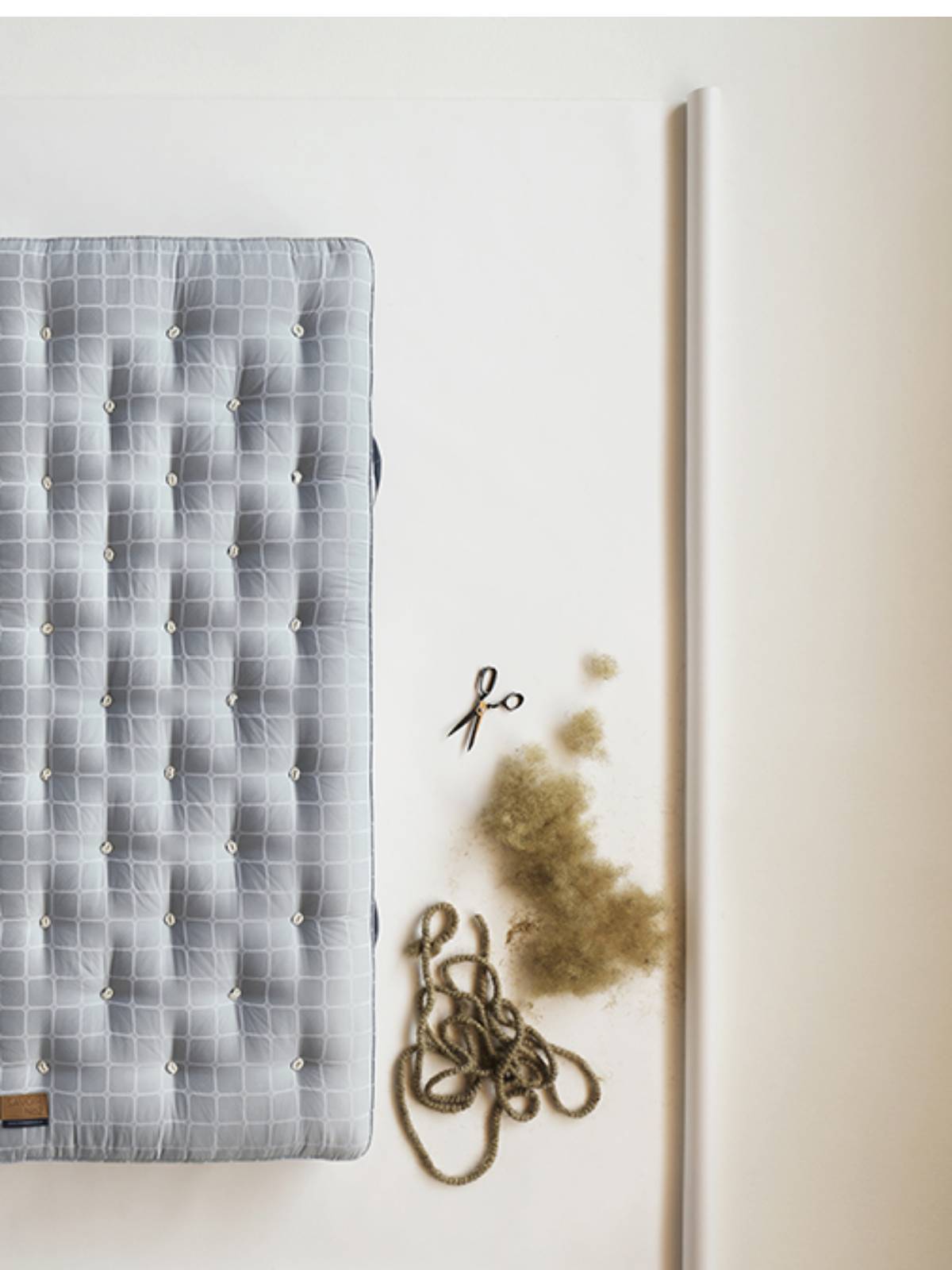Sleeping well through time changes
Dr Rebecca Robbins explains the impact time changes can have on our sleep and reveals the components to consider during seasonal transitions and travelling.

Whether we prepare for a clock change (daylight saving time) or plan a trip across different time zones, getting ahead of time changes is a great way to ensure our sleep does not become compromised. With that in mind, we asked our Sleep Expert, Dr Rebecca Robbins, to reveal how we can adjust to the time change quicker and reduce the chance of disrupted sleep. From exposure to daylight to introducing a consistent bedtime routine, Dr Robbins shares her strategies on how to sleep well when switching time zones.
Believe it or not, even one-hour clock changes are enough to throw us out of sync. This is because our sleep and daytime alertness are governed by our circadian rhythm, our body’s internal 24-hour clock.


Dr Robbins' tips for sleeping well through time changes
1.ADJUST YOUR BEDTIME
Ease your body into the time changes. In Spring, start your sleeping routine 15 minutes earlier and in Autumn, opt to go to bed 15 minutes later in the days leading up to the end of daylight-saving time. A similar approach to travelling will also ease you back into your routine. When travelling west, start your bedtime 15 minutes later in the days leading up to your trip, and if you’re travelling east, aim to start your bedtime 15 minutes earlier. Allowing at least two days before the expected time change is ideal.
2. LIGHT EXPOSURE
When you wake up after the time changes, get outside into the natural light as soon as possible. This will give your brain and internal rhythm input on the new time and its associated pattern of light and darkness.
3. COOL SLEEPING ENVIRONMENT
At night, when we enter the bedroom, we want to set ourselves up for successful sleep. In a warm environment, we’re much more likely to encounter sleep fragmentation. Waking up a series of times over the course of the night and then struggling to get through the day. Ultimately, we want to walk into a cool sleeping environment.
4. SLEEP PROOF YOUR BEDROOM
Are your pillows and bed supportive of your optimal sleep? Ensure that you have a mattress that is supportive of your head, neck, and spinal column at night. The mattress is of course the foundation of good sleep. An unsupportive mattress, or a mattress that retains heat, will limit the quality of your sleep. By ensuring these elements are refreshed, you are set up for sleep success all year long.
5. START A BEDTIME ROUTINE
Studies have shown that spending time on a calming routine before bed helps us fall asleep quicker. Falling asleep does take time. People often think that they can switch from going a million miles an hour to sleeping instantly. However, it doesn’t happen that way. The best way to fall asleep is to build in time to relax before your target bedtime, and practice meditation or mindfulness before bed to unplug from your day. Comfort is something we all crave as human beings. It is this comfort that allows us to sleep soundly at night.
Our partnership with Dr Rebecca Robbins explores all areas of our health, from immunity and anti-ageing to performance and brain function, which can all be impacted by sleep. Read our article with Dr Robbins on the science behind the sleep myths which may be hindering your healthy bedtime routine. Find out more about Dr Rebecca Robbins.
